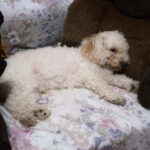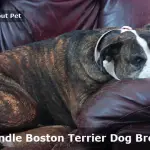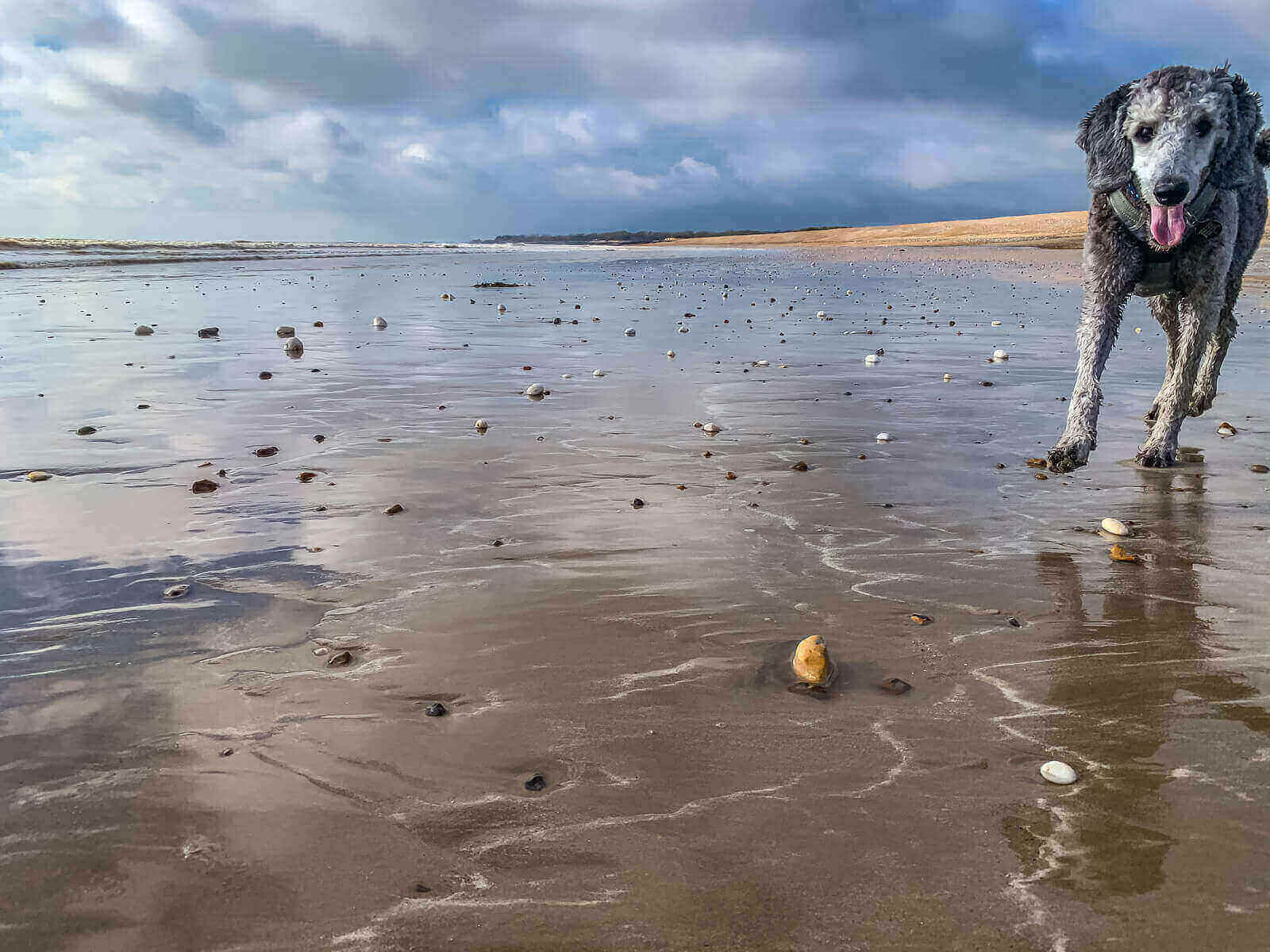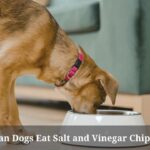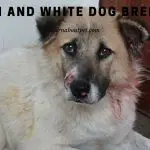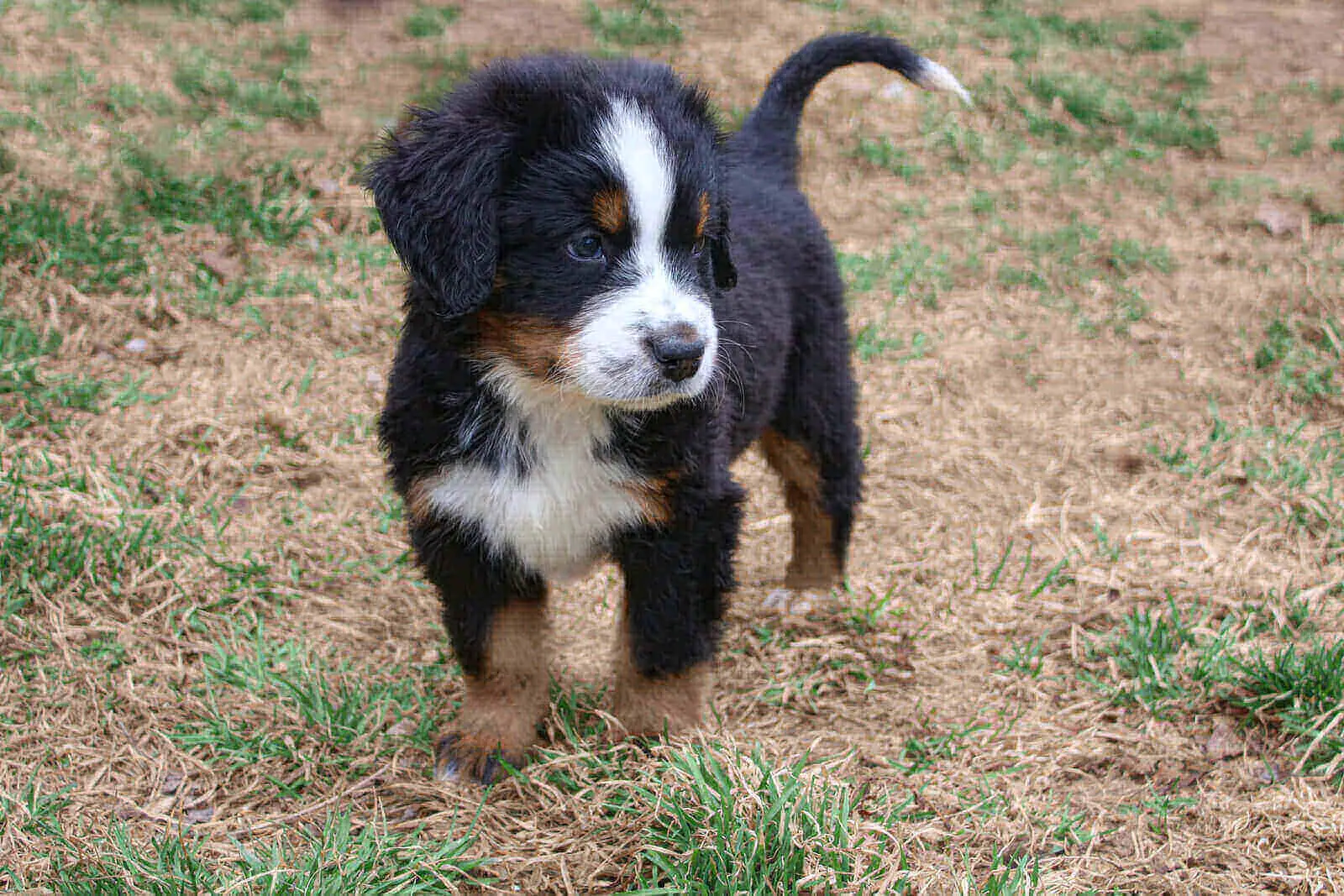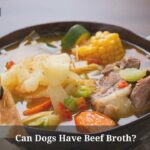As part of the family, dogs also have small maintenance requirements every now and then and need attention, maybe every day, every few days, in weeks or months.
Poodles are a special breed of dogs liked by many and kept as pets. Considered very intelligent, active, and considered pretty by many.
Poodle is considered a high-maintenance dog, especially due to its grooming and regular maintenance of the hair.
Poodle eye boogers are one of the minor chores to be attended to regularly. Although dog eye boogers are common in all dogs, poodles are more susceptible because of the breed to get repeated blocked tear ducts.
If you want to know more about poodle eye boogers or poodle eye discharge and how to clean poodle eye discharge, continue reading on.
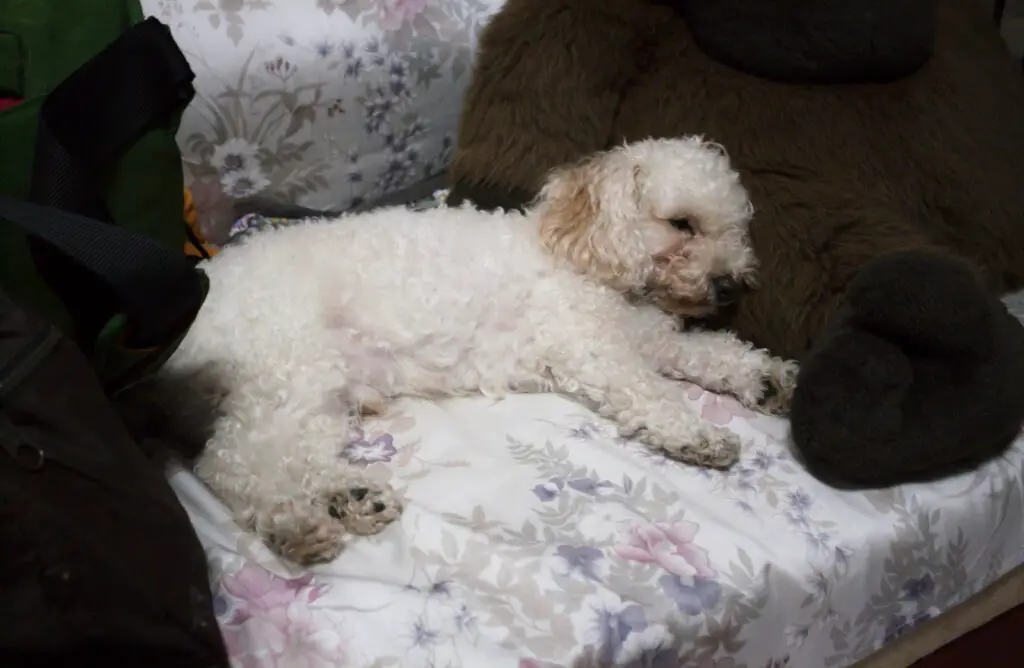
Do Poodles Get Eye Boogers?
Dog eye discharge is common in all dog breeds, however, poodles are most likely to have more of this problem, because of inherent susceptibility to blocked tear ducts.
Besides the poodle eye boogers, poodles are also prone to get dog tear stains, which show up easily if the dog is with light color hair.
Eye booger also called eye gunk is nothing to worry about, it is normal. Like in humans, in dogs also, the eyes are lubricated naturally by tears from the body to clean the cornea and lubricate.
The air has a lot of ever-present fine dust and other spores and pollens. When we blink, the tears act as lubricants and also wash away such particles from the cornea.
If the eye gets dry, it will cause a lot of friction and hurt and be a source of new problems and infections and diseases.
The tear duct in the eye carries away the excess water (tear) into the throat to waste.
The booger or gunk is nothing but just a collection of all the dust and small particles, spores from air, dead skin cells, and secretion which have collected on the wet eye and gather in one corner and start to dry.
There are some ailments/diseases having very similar signs like the less risky poodle eye boogers, and the tear stains on dogs.
A vet must be consulted at least once for all eye problems, even if one is sure, as it can turn into a serious disease if not treated properly.
What is Poodle Eye Boogers
Poodle eye boogers are air pollutant particles, wiped up by the eyelid action and collected in the corner of the eye as waste!
There are always present pollutants in the air like very fine dust and pollen which get into the eyes. Dead skin cells and oil, mucus also get collected. The tears frequently lubricate and clean the eye cornea naturally.
The blinking action of the eyelids acts like vipers. If this is not done, the pollutants will scratch the cornea and it will be very painful, ultimately leading to blindness.
Overtime which can be a few hours to a day, this ‘gunk’ accumulates in the corner of the eye near the tear duct. Any excess tear is drained through the eye duct into the throat.
With time the poodle eye boogers start to dry up and resultantly harden. By this time there would be enough of it collected, which may become prominent and start to look gross.
Sometimes pet owners also report poodle eye discharge. Generally, it may be taken as the normal poodle eye boogers or tear stains in dogs, but a discharge is something more continuous and serious.
Poodle eye discharge could be a sign of some other ailments like an injury, allergies, and/or infections. A vet should be consulted to rule out such possibilities.
Why Do Poodles Get Eye Boogers?
Poodle eye boogers or dog tear stain is a normal occurring and nothing to worry about. Like all dogs poodle eyes also get dirty over time.
There is a lot of pollution in the surrounding air, present all time. Minute things like fine dust, spores & pollen of plants, dog’s own skin dead cells, mucus, saliva, etc. get trapped in the eye.
The tears help trap these particles and also lubricate the poodle eye naturally.
Over time this gunk starts to dry up and thickens and collects at the bottom inside corner of the eye (as it is lower).
Depending on the dog’s activity over the day or so, it accumulates to a volume which becomes prominent.
As an example, if the dog has been on a drive and enjoying the breeze through an open car window, because of the striking air, it will get wet eyes and more than the normal booger will collect in its eyes.
How Do You Get Rid Of Poodle Eye Boogers?
The normal poodle eye boogers are nothing to worry about. This is a natural process, where the tears lubricate the cornea of the eye, so there is no friction between it and the eyelid.
In fact, blinking is the process, where the eye is ‘wiped’ to clean off the ‘pollution’ deposited from the air and the dog’s own skin and body dead cells.
One cannot get rid of boogers, it is a natural healthy process. However, they have to be removed regularly to make the dog look clean. This is a very small chore and can be done easily at home.
Dog enthusiasts ask how to clean dog eye boogers, also phrased as how to get rid of poodle eye boogers. It is very simple.
Take a sterile wipe or a soft damp cloth at body temperature and first moist the boogers to make them soft, then gently wipe them off. It will take a few minutes.
Remember, the gunk could be hard (dry) and sticking to the hairs near the eyes. Forceful wiping will hurt the dog.
Some specialists suggest not to use plastic food bowls. Tiny cracks easily develop in plastic, which harbors bacteria and cause facial infection. Instead, stainless steel, porcelain, or glass bowls are recommended.
Commercially there are many aids available like dog tear stain removers, pet eye drops to keep eyes moist. You can also trim and groom the area around the pet’s eyes to shorten the hairs which come in the booger’s way.
There are special combs and trimmers available for such activity. Even ‘groomers’ are available to make a ‘house call’ for your lovely pet.
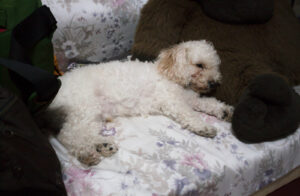
Some vets suggest having a well-balanced diet for the dog, to reduce the dog tear stains related to porphyrins.
To reduce high iron and other mineral content from drinking water, try giving bottled water to your dog.
Should I Remove My Dog’s Eye Boogers?
Whenever the question of poodle eye boogers comes up, enthusiasts and new pet owners ask how often to clean the poodle eye boogers and how to clean poodle eye discharge.
Vets and the poodle owners all suggest removing the poodle eye boogers on routine basis, as these are not harmful, rather become unsightly, and people would avoid patting/playing with such a dog.
There is no set frequency to do this. If during the normal course, the dog is being groomed by the owner, and there are no unsightly boogers in the eyes, then okay.
Maybe a little trimming of hairs around the eyes and cleaning with eye drops would be fine. Also, take care of the dog eyelashes.
If you find there is an accumulation of the poodle eye boogers due to some activity of the dog (outdoors or indoors) and it is giving an unsightly look, then best is to clean them with a soft wet warm cloth.
There are many aids available like eye drops, combs, trimmers to help you in this routine.
Never use your fingers to remove any poodle boogers. Cleaning poodles eyes regularly will also help keep away infections and other ailments.
Why Does My Dog Have A Lot Of Eye Boogers?
The development of poodle eye boogers is natural and healthy. Dog owners report dog eye boogers white or dog eye boogers black which is normal.
However, if you find that your dog is having more than the usual eye gunk as compared to your friends’ dogs, then it is worth investigating.
Make sure it is poodle eye boogers only. Normal boogers are white or gray-black. Conditions like dog eye boogers green or excessive poodle eyes watering are a sign of allergy, injury, or some ailment like conjunctivitis, etc.
Another reason could be blockage of the tear duct. Tears are not being carried away naturally and accumulating outside the eye and evaporating, leaving solid gunk behind.
There could be some other reasons for excessive poodle eyes watering. Like ingrown eye lashes, tear glands producing more tears, dog under stress, diet is poor quality, smoke, and eye infection.
It is important to consult a vet to eliminate any other possibility other than the normal poodle eye discharge.
How To Clean Poodle Eyes?
If the poodle is getting regular grooming which includes bathing, then it should take care of the normal poodle boogers. If needed one can have the dog eye discharge home remedy.
This involves wiping the face and eye areas with a soft warm damp cloth. May be done twice a day if needed. Important is to know how to soften dog eye boogers.
Poodle eye boogers can get dried up and harden and stick to the dog’s hair near the eyes. If it is not softened before removal, wiping it off in that state will hurt the dog.
Place the damp warm cloth over the affected area and lightly press. The moisture will soften the crust. Repeat this for few times/minutes, until you are sure it is soft enough that wiping will not hurt the dog.
A lot of aids are available like eye drops, eye cleaners, hair trimmers, tear hair combs especially built for the face and eye area, which use will make life easier both for the dog and owner.
Some pet owners have successfully used contact lens cleaners which come with mild boric acid to clean the tear stains.
Why Do Poodles Get Tear Stains?
Dog owners report tear stains dog. This is part of the poodle eye discharge game. It is called tear stain dog because it leaves a reddish-brownish color stain near the eye corner.
The boogers contain a lot of dead skin cells, mucus, tears, skin oil, etc. from the dog itself plus dust and dirt from the environment. This is normal and nothing to worry about.
Vets and scientists have studied this and report that the brown or reddish-brown color is due to iron from breaking down of porphyrins which come from the red blood cells in tears, mucus, and saliva.
It is reported that in the phenomenon of tear stains dogs, a kind of brown fungus Malassezia also develops and can leave brown stains.
Final Verdict On Poodle Eye Boogers
In dog maintenance especially with poodles, the poodle eye discharge and how to clean poodle eye discharge is a conversing point amongst dog owners.
Formation of poodle eye boogers or poodle eye discharge is a natural occurrence. It is the muck present in the atmosphere and dogs own skin and body cells from tears etc.
These are collected in the corner of the eyes of the dog and due to evaporation of the tear fluids hardens. Too much accumulation looks unsightly and needs to be cleaned regularly.

Depending on the owner’s own lifestyle, cleaning frequency can be twice a day to few times a week. How to clean poodle eye discharge is simple and can be done in minutes.
There are many aids available in the market to help out and make life easy. These vary from good quality eye drops to special hair trimmers and combs for the face and eye area of the dog.
There are some other ailments and diseases related to the dog’s eyes, which give the dog eye discharge. A vet should always be consulted, as the eyes are a critical organ and need special care. I own a Parti Poodle as well. Do you own a Poodle and concerned about its health?

Welcome to Learn About Pet. My name is Rajkumar Ravichandran and I love all pets, travel, and amazing food. I write about my passion and personal experience caring for multiple pets in this blog! ❤️
Post Disclaimer
DISCLAIMER: THIS BLOG OR WEBSITE, "Learn About Pet", DOES NOT PROVIDE YOU WITH MEDICAL ADVICE AND IS NOT A SUBSTITUTE FOR MEDICAL ADVICE. ALWAYS GET IN TOUCH WITH YOUR PERSONAL VETERINARIAN AND USE INFORMATION HERE AS GENERAL ADVICE.
The information, including but not limited to, text, graphics, images and other material contained on this website are for informational purposes only. No material on this site is intended to be a substitute for professional veterinary advice, food recommendation, diagnosis, or treatment. Always seek the advice of your veterinarian or other qualified health care provider with any questions you may have regarding a medical condition or for pet food related questions.
